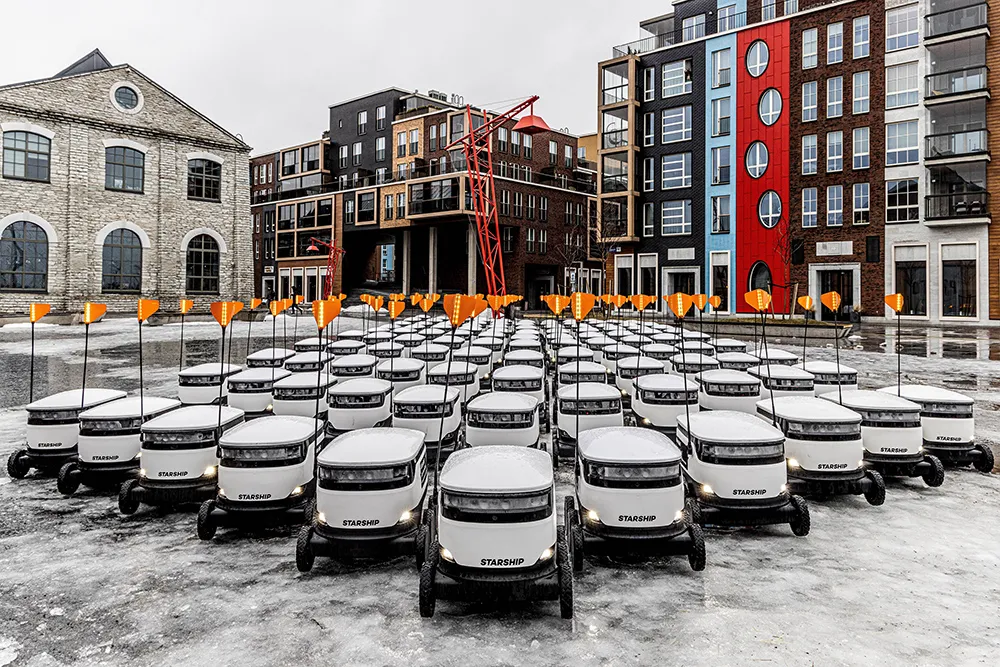California’s Contra Costa Transportation Authority (CCTA) and connected vehicle partner GoMentum Station have formed a collaborative agreement with Intelligent Transport Systems Japan (ITS Japan), aimed at further accelerating connected vehicle applications and sharing autonomous vehicle technology data. Over the last two years, other Japanese-based organisations, such as Honda, have been testing at GoMentum Station. This latest collaborative agreement is expected to expose other companies to the advantages
July 20, 2017
Read time: 1 min
California’s 7945 Contra Costa Transportation Authority (CCTA) and connected vehicle partner GoMentum Station have formed a collaborative agreement with Intelligent Transport Systems Japan (556 ITS Japan), aimed at further accelerating connected vehicle applications and sharing autonomous vehicle technology data.
Over the last two years, other Japanese-based organisations, such as










